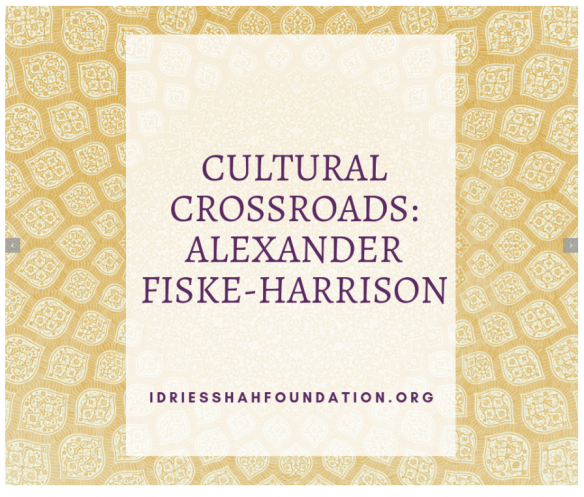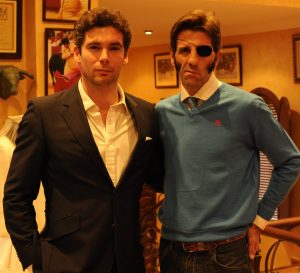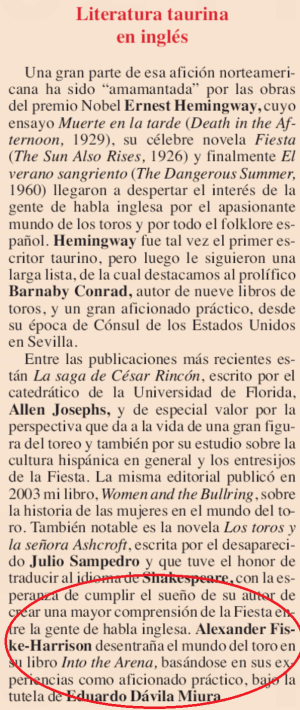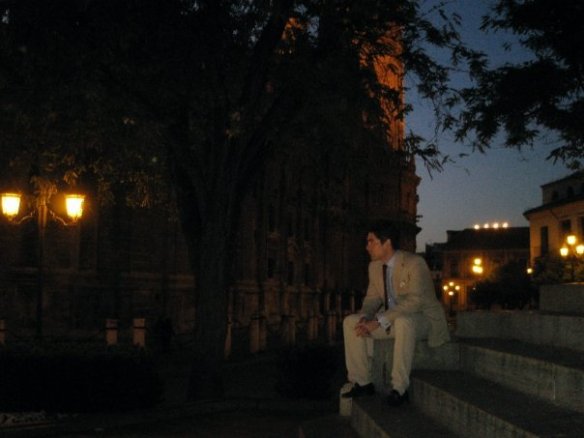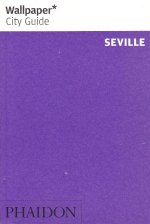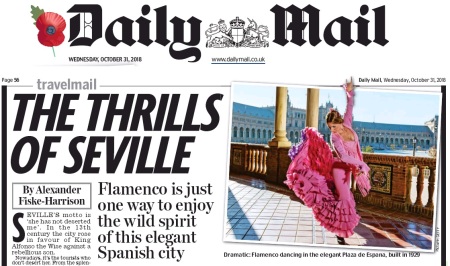
My article in today’s Daily Mail (original as image below).
THE THRILLS OF SEVILLE
By Alexander Fiske-Harrison
Flamenco is just one way to enjoy the wild spirit of this elegant Spanish city
SEVILLE’S motto is “she has not deserted me”. In the 13th century the city rose in favour of King Alfonso the Wise against a rebellious son.
Nowadays, it’s the tourists who do not desert her. From the Gothic splendours of the cathedral to the alleys of the old Jewish Quarter, it is a place to wander and wonder.
HISTORIC LESSON
AS THE birthplace of Roman Emperors, Trajan and his wall-building successor Hadrian, Seville’s classical origins are apparent. There are magnificent ruins, including at 25,000-seat amphitheatre, at nearby Italica.
By the 16th century Seville was at the heart of Spain’s Golden Age, due to its exclusive Royal license for all trade with the newly discovered Americas.
Notorious fictional knight, Don Quixote de la Mancha, was born here in 1597 while his creator was in prison in the Royal Jail of Seville. The country’s greatest painter Diego Velázquez was born here two years later. Continue reading

